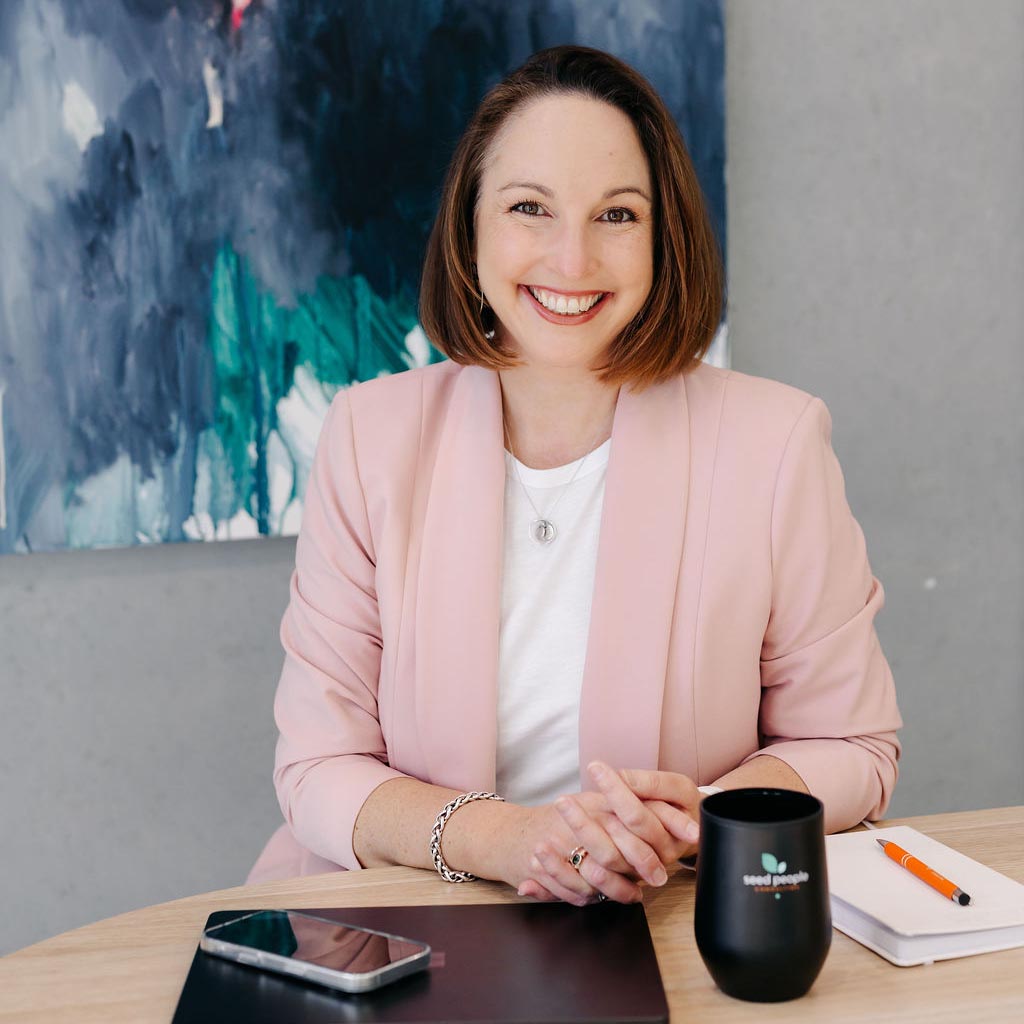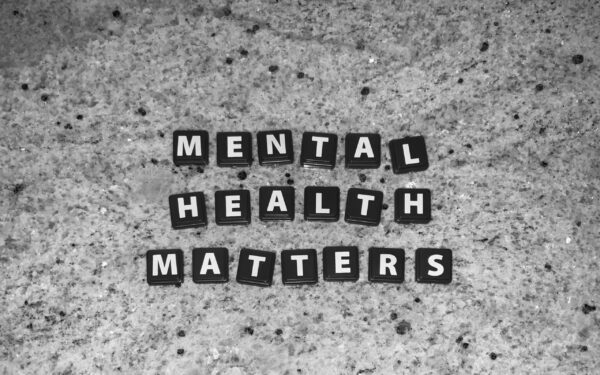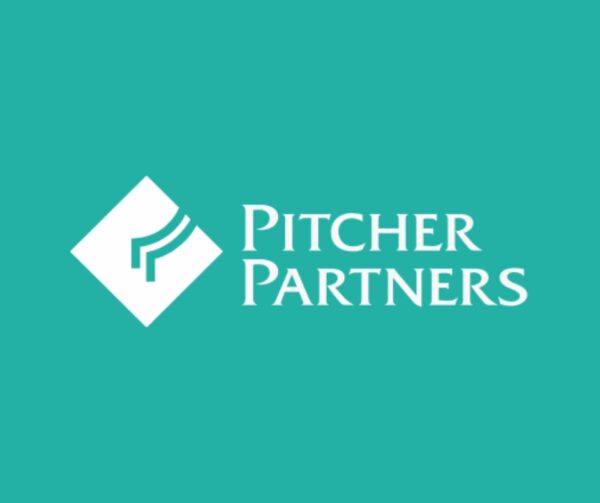You might have heard that by 2030, the workforce is going to be more diverse than ever: all five generations will be working together, Baby Boomers, Gen X, Millennials, Gen Z, and the emerging Gen Alpha. For organisations that figure out how to make this work, the payoff can be huge. They’ll be more effective, agile and have employees who are genuinely engaged.
At Seed People Consulting, we think the secret to succeeding in this environment lies in embracing collaboration principles and building a culture of strong relationships among team members. Any particular differences in behaviour trends between the generations is managed at a people-first level – not making assuming or putting people into boxes.
Want to learn more about how to make this work? Read on to discover how organisations can develop strategies to bring their teams together.
Embracing the Stages of Team Development and Buying In
The next five years are going to fly by just as fast as the last five did. So let’s take a deep breath and make the most of it.
How cool is it that we’re part of a workforce with people from so many different generations, each bringing their own unique ideas and skills to the table?
But to really make the most of this multi-generational mix, we need to shift our focus away from all the things that we typically complain about that each generation is doing wrong, and on to creating a culture of mutual respect and learning.
Building trust is crucial when you’re working with people from different generations, because it opens up the lines of communication, encourages teamwork and problem-solving. By focusing on the goals that the team shares, organisations can unlock some real collaboration and success.
Breaking Down the Stereotypes
It’s time to stop thinking of people purely in terms of the generation they belong to. Instead of putting people in a box or laughing about how Gen Z signs off on emails, let’s focus on what each individual has to bring to the table. When you set clear expectations for your team, it helps guide people’s behaviour and performance, so everyone knows what the shared goals and standards are. And by clarifying team roles, each member can play to their strengths and collaborate effectively. This not only creates a more inclusive and welcoming workplace but also means employees feel free to be their authentic selves at work.
Establishing Team Norms
Establishing team norms is a critical step in building a high-performing team, especially in today’s multi-generational workplace. Team norms are the unwritten (or written) rules and expectations that govern and guide how team members interact, communicate and solve problems together. These norms are key to effective teamwork because they help team members understand what behaviours are valued, how conflicts get resolved and how decisions get made.
In Tuckman’s stages of team development, he articulated 5 original stages through which an effective team progresses during its ‘life’. Whenever a new member joins or a team member leaves, the team effectively resets to the beginning. Let’s explore this further:
In the forming stage of team development, team leaders play a big role in encouraging team members to start having open discussions about what they expect from each other. This is the time to establish communication protocols, conflict resolution methods and decision-making processes.
As the team moves into the storming stage, team members are going to start expressing concerns and challenging the initial norms. Here, team leaders should facilitate honest conversations and help the team work through their disagreements and refine their processes.
Once the team reaches the norming stage, team members start working together more smoothly, and the established norms become second nature. This sense of unity and cooperation lets the team focus on achieving its goals and building trust among members.
In the performing stage, these norms support high levels of motivation and efficiency, enabling the team to reach its full potential and deliver top-notch performance.
As the team approaches the final stage, when the team’s mission is complete, team members may feel a sense of loss or nostalgia. It’s a good idea for team leaders to acknowledge the team’s progress and celebrate its achievements, perhaps with a closing celebration if it’s a project team, to provide closure and recognise everyone’s contributions.
Establishing and maintaining effective team norms is an ongoing process that requires commitment and effort from all team members. Team norms should be regularly reviewed and updated to reflect the team’s evolving goals, values and individual roles. In a workplace with five generations working side by side, team leaders need to be mindful of different perspectives and expectations, ensuring that norms are inclusive and support collaboration across generations.
When you’ve got clear team norms, team performance and problem-solving improve, and you create a positive team experience where team members feel valued, supported and empowered to share their ideas. They help prevent negative conflicts and provide a framework for conflict resolution, making it easier for teams to navigate challenges and stay focused on their common goal. By promoting accountability and commitment, team norms drive the team’s progress and help individual members understand how their efforts contribute to the team’s success.
Ultimately, establishing team norms is a critical part of team development, no matter what generations you might have in your team. When teams invest in this process, they create a strong foundation for collaboration, innovation and high performance – ensuring that every team member, regardless of generation, can thrive and contribute to the organisation’s goals.
Leading with Collaboration Principles and Shared Leadership
There’s no one better to lead this than the team itself. When team members take on more ownership and accountability for collaboration, it creates a more inclusive and supportive team culture.
Leaders need to be willing to let go of their traditional authority and allow team members to share their ideas, expertise and perspectives. This kind of shared leadership can be incredibly powerful, but it requires leaders who are willing to be flexible and adaptable. By giving team members the autonomy to take on more ownership and initiative, you can unlock a team that’s truly collaborative and effective.
Effective Leadership – the Key to a Thriving Multi-Generational Workforce
Effective leadership of a multi-generational workforce – especially when it comes to guiding the development of a team – starts off by creating a genuine culture of collaboration and belonging.
This means getting to a place where everyone feels heard and valued, regardless of their age. And also, shared leadership can really encourage people to work together by giving people the chance to share workloads and trust each other.
By focusing on the same goals and sorting through problems together using collaboration techniques, leaders can tap into the strengths of individual members, rather than pigeon-holing them on the basis of when they were born. And with the help of Tuckman’s stages of team development, leaders can guide a team’s progress and effectiveness.
Ultimately, it’s strong leaders who set a good example, showing everyone just how to promote inclusivity and collaboration.
Learning is a Two-Way Street for Team Members – and that’s a Good Thing
The multi-generational workforce has one of its biggest advantages in the chance for mutual learning. Younger team members can bring fresh ideas and a different way of doing things, while more experienced members can offer their life experience and real insights – and also act as mentors. When team members collaborate, it enhances learning and innovation by letting them share their knowledge, help each other, and come up with new solutions together.
Every generation has the skills to solve problems with the latest technology, and team members can either do this on their own or work together to get the job done. By giving people the chance to share their knowledge and work together, organisations can create a culture where learning is a give and take.
At Seed People Consulting, we really do see a multi-generational workforce as a real asset to our clients. By leading with the values of collaboration, breaking down the stereotypes of different age groups and actually promoting mutual learning, organisations can get the best out of their diverse teams. Together, we can all create a place of work where everyone can thrive, regardless of which generation they belong to.




